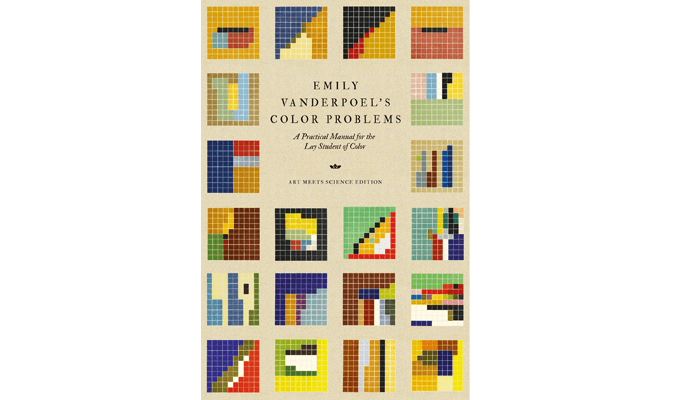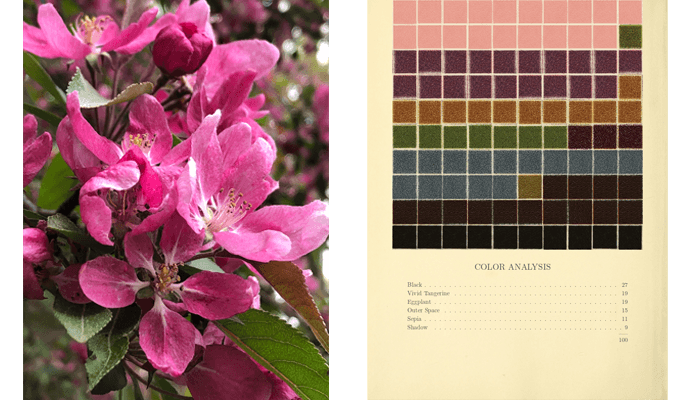As I suspected when I started down this colour obsessed path, there are many people to discover who also love colour. It was a wonderful surprise to stumble upon Emily Noyes Vanderpoel. This is a name that should be well known by creatives. Someone who should be included in all art history lessons. Unfortunately, as is the case with many women who created excellent and insightful work, this person’s name is not included nearly enough. Whenever I read about people who deserve more credit for their work I think about magenta, pink and cyan. These colours work hard to create so much and yet they are not often taught as primary colours for mixing materials…yet.

As we learn more about what has been left out of our lessons, we can strive to be more inclusive and accurate.
Emily Noyes Vanderpoel was an American artist and author. In 1902 her book ‘Color Problems: A Practical Manual for the Lay Student of Color’ was published. The book had 400 pages and 116 colour illustrations. Her work explores colour theory and aimed to broaden the reach of colour concepts beyond the realm of professional creatives. She was trying to bring ideas about colour to a wider audience. She believed everyone could benefit from a deeper awareness and understanding of how colour influences their lives and decisions.

One of the interesting ways she communicated about colour was by translating things into colour analysis charts.

She referred to her observational insights about colour as “the music of light”. It is always fascinating to see a little bit into how others interpret their surroundings. Her grids present images similar to midcentury design and minimalism much prior to when these movements became popular.
A fun website is https://colorproblems.art/. It is a wonderful way to interact with Vanderpoel’s colour translation method.
Here are some of the images I entered to have translated.


I will continue to share colourful insights and discoveries. Sign up to receive the posts right to your inbox. Sending gratitude for your interest in understanding colour concepts.

